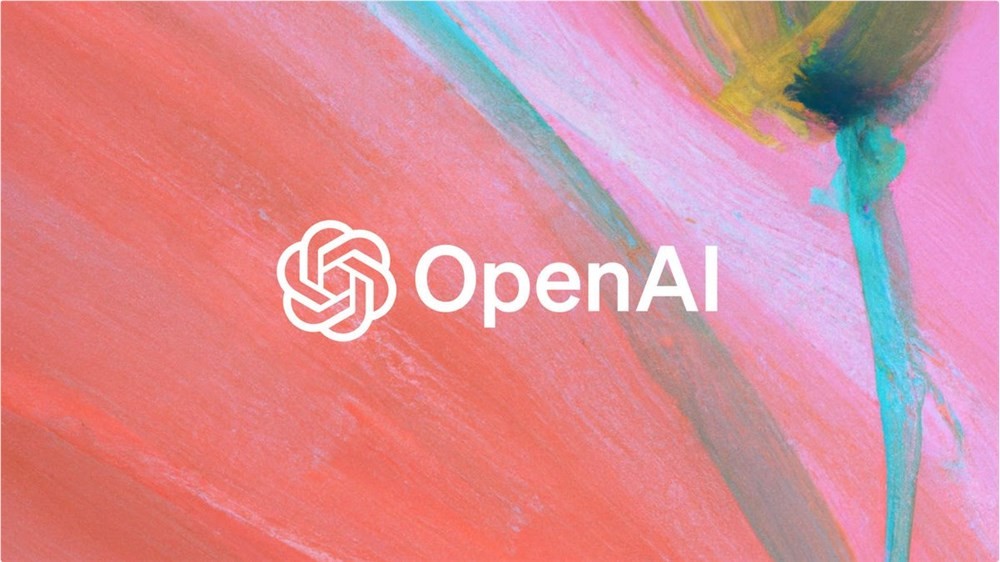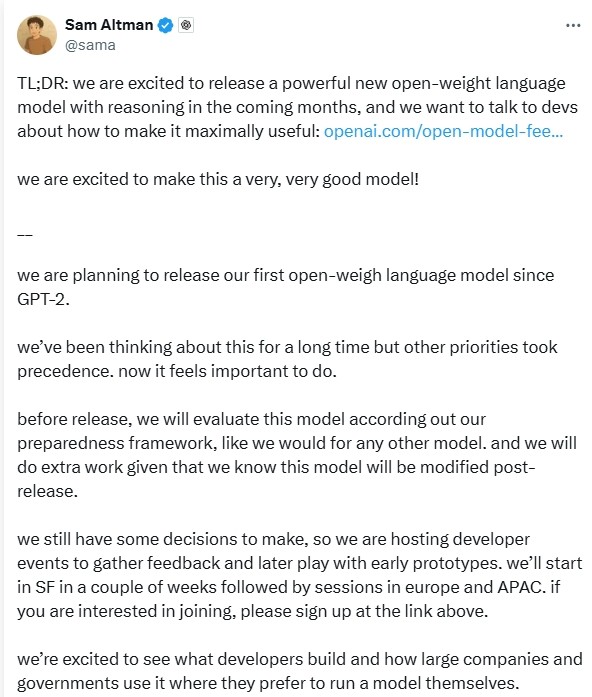Wayve releases GAIA-2: Multi-view generation model helps improve safety of autonomous driving
Author: LoRA
Time: 31 Mar 2025
784
Wayve recently released the new generation of video-generating world model GAIA-2, a major upgrade to its previous generation model GAIA-1. GAIA-2 has greatly promoted the development of safety of assisted and autonomous driving systems by generating diverse driving scenario videos. This model not only expands the geographical coverage, but also accurately controls factors such as time, weather and road type, supporting scene generation under various conditions such as dawn to night, sunny days to rain and fog. It also simulates different road environments such as cities, suburbs and highways, which helps the training and verification of AI driving systems under complex conditions. An important technological breakthrough in GAIA-2 is to support the generation of videos from up to five perspectives simultaneously, ensuring the consistency of multiple camera perspectives in time and space, helping AI models better understand their surroundings and make safe and reliable driving decisions. In addition, GAIA-2 has the ability to generate high-risk scenarios, such as simulating extreme behaviors such as emergency situations before collisions and vehicle drifts, which are extremely rare and difficult to collect in real-world data, providing valuable verification opportunities for the failure protection mechanism of autonomous driving systems. The technical core of GAIA-2 is to adopt a potential diffusion model and combine specific condition inputs from a wide range of fields to accurately control vehicle behavior, environmental factors and the interaction of dynamic traffic participants. By introducing a video tagger, the original video is compressed into the semantic latent space, enabling efficient and consistent dynamic representation of driving. In the future, Wayve will continue to conduct in-depth research on controllability, scene authenticity and agent interaction modeling to further improve model performance. 







